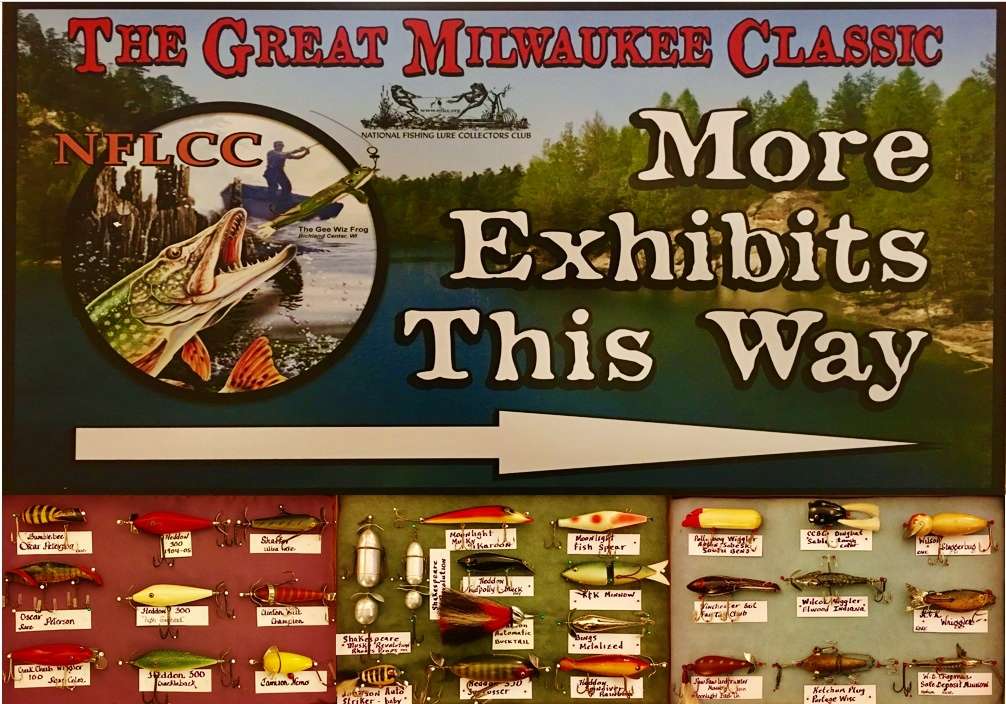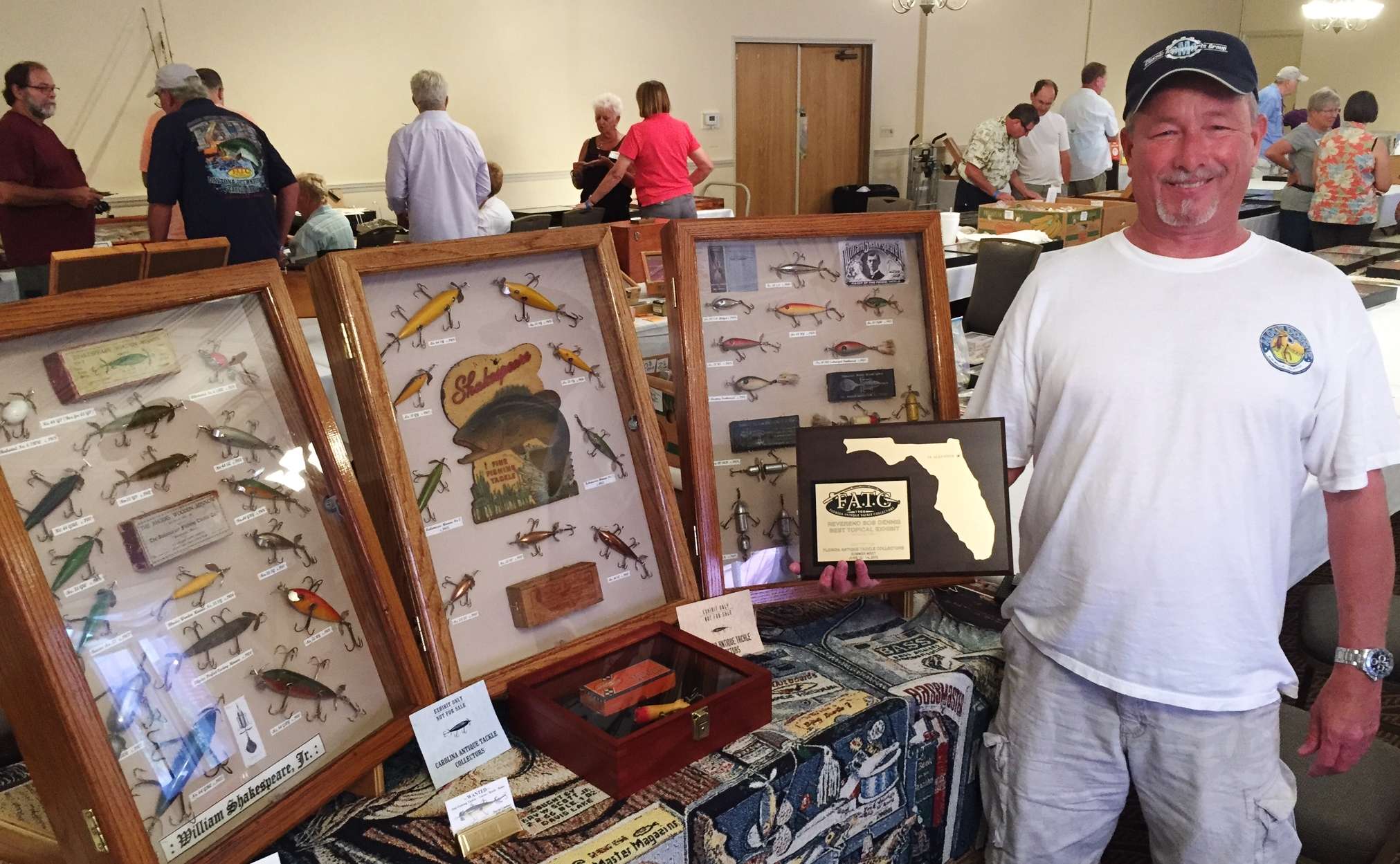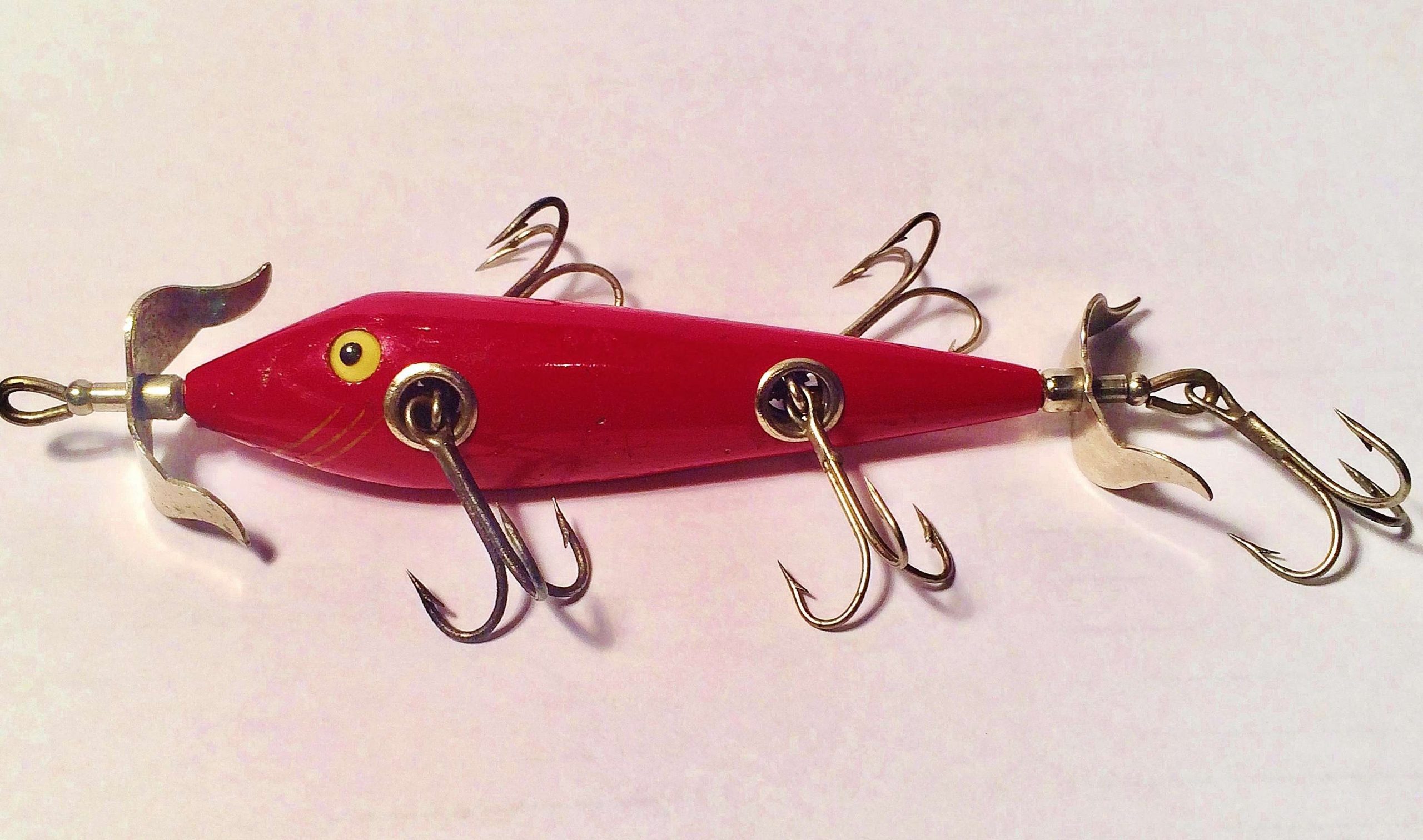
Last week, I took some time off from preseason preparation for the Bassmaster Elite Series to attend the Great Milwaukee Classic — a premier antique tackle show that attracts some of the most avid collectors from around the country.
I went with good friend and longtime B.A.S.S. member David Lindsay. We’ve been attending vintage tackle shows together for nearly 20 years.
A divisional vice president of a large, international construction management company, David’s schedule is extremely demanding. Whenever he gets time off to pursue personal interests, he takes full advantage of it. And just like his fishing, he’s passionate about antique lures.
We arranged our flights so that we would meet up in Atlanta, then get caught up on the last leg of the trip. The shared dialog made the time pass quickly.
Upon arrival, Milwaukee was covered in slush and snow — not the conditions we were hoping for, but we made it there safely nonetheless. Once our baggage was collected, it was a brisk 20-minute ride to the host hotel.
When we got there, things started happening.
Room Trading
Prior to most vintage tackle shows, collectors and dealers engage in what’s known as “room trading” — a process whereby participants go from room to room buying, selling and trading. It sounds strange, I know, but it’s actually a lot of fun.
No sooner did we check in, when David started his spending spree. Man, does that guy have an appetite for antique tackle. If he likes it, he goes after it.
We started at ground level then gradually worked our way up to the sixth and final floor of the hotel. In all, we probably hit 35 different rooms — each offering something different from the last.
There is some strategy involved with room trading, and it’s not just who gets there first. Although being ahead of the next guy helps, your timing can also be crucial — sellers sometimes hold their better items back until enough of the cheaper stuff sells. So, to avoid missing out, it’s important to revisit the rooms you’ve already shopped in … kind of like rotating fishing holes in a tournament.
While David found deal after deal, I was pretty much a spectator. To that point, the right piece hadn’t caught my eye, and I was there more to sell than buy anyway.
Along with room trading comes storytelling, and boy do these guys share some whoppers.
Tackle collectors talk about their “finds” like fishermen talk about a trophy catch … and embellishment always seems to be the rule. It’s like you’re with them on a treasure hunt, full of suspense. Everyone wants to hear the details no matter how many times the story has been told.
Show Time
After room trading ends, the actual show begins. And with it, plenty of renewed anticipation. Not all attendees participate in room trading, so there’s a whole new pile of angling artifacts yet to be sorted through.
At the Milwaukee Classic, two large conference rooms serve as the show floor. Each is laid out in long, narrow rows of 8-foot tables, all arranged end to end. On those tables go mounds of fishing collectibles — some old, some not so old.
Depending on the number of tables a person reserves, they may place you in a specific part of the room. And as you might expect, some areas are better than others.
David and I were set up in the back of the larger room. Nearby were Arlan Carter, Dennis Sweeney, Tom Witte, Kim Clay, Bob and Liz Bulkley and Tom Penniston — all show veterans with world-class collections.

In the smaller room were Bill Sonnet, Warren Platt, Randy Anderson, Mark Ward, Bill McVeigh and Joe Stagnitti — a veritable brain trust of vintage tackle experts.
The doors opened at 8:30 a.m. and, within minutes, it looked like the floor of the New York Stock Exchange under heavy trading. Money and tackle were changing hands so fast, it was impossible to keep up. And my roommate was right in the thick of it.
He scored a number of rare lures for his already impressive Shakespeare collection. I was still a spectator.
More Madness
Friday night brought the auction, and among the many great pieces offered was an extremely rare Shakespeare No.44 underwater minnow. Finished in brilliant red with yellow glass eyes and hand-painted gill marks, it was the highlight of the auction, and David wanted it.

When the early Shakespeare finally came up, I watched from the sidelines as a flurry of bids chased each other. David remained determined, and it appeared he controlled the floor … that is, until it reached the $4,000 mark. That’s when another bidder stepped in and stole the show.
When the dust settled, the rare Shakespeare sold for $4,500. Although disappointed with the loss, David was also relieved. It was a lot of money and he had spent a pile already.
The next morning, Saturday, came the final day of the show. I had to make something happen or go home empty-handed. By then, two rare pieces had caught my eye: a pre-1910 metalized Heddon 5-hooker and a musky-size Chippewa Minnow in its original box. They both took some finagling, but I managed to walk away as their new, proud owner.
In all, it was a great show. The staff did an outstanding job of welcoming its many patrons while keeping things smooth.
If you’ve never been to a vintage tackle show, you should try it. It’s a lot of fun, and the amount of knowledge you’ll gain is incredible. And who knows? You may already have a rare lure, reel or rod in your possession, and there’s no better place to learn about it.
For more information on this and other shows, go to www.nflcc.org, or visit www.joesoldlures.com and search the navigation bar for upcoming shows.

